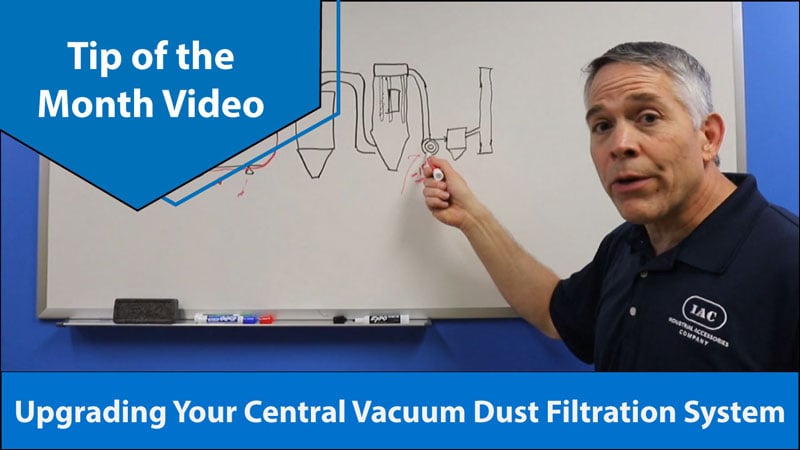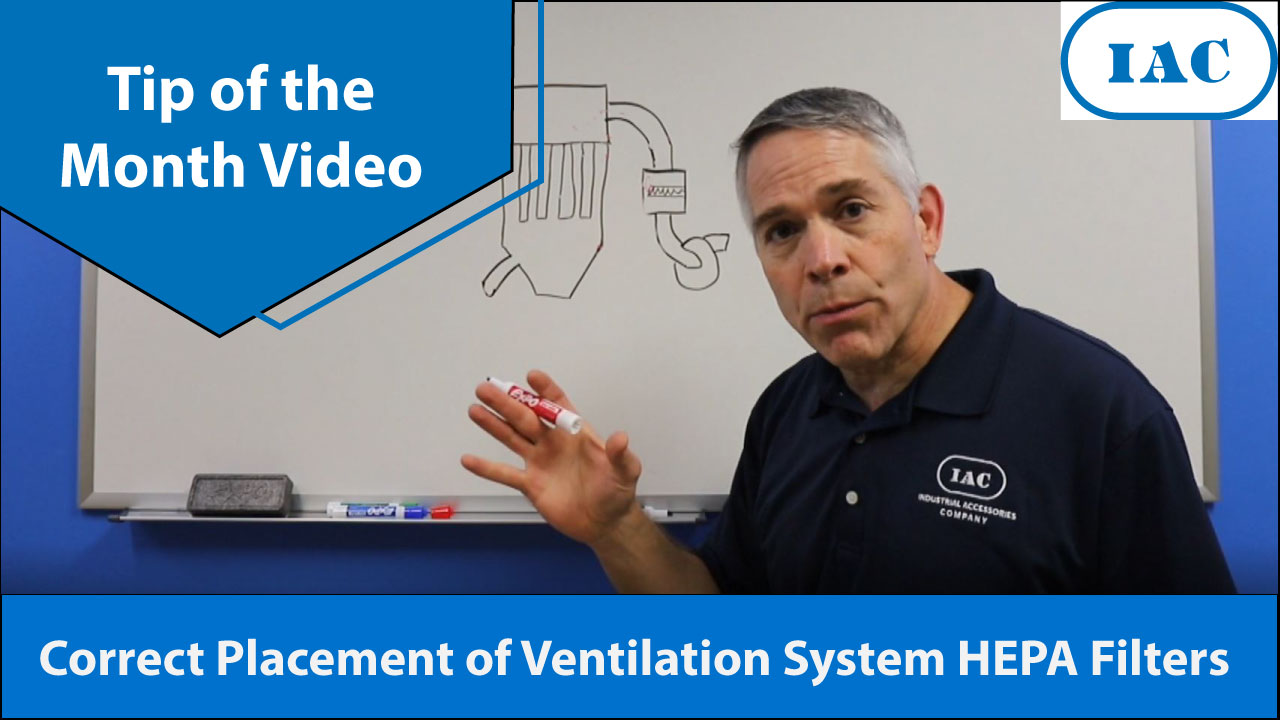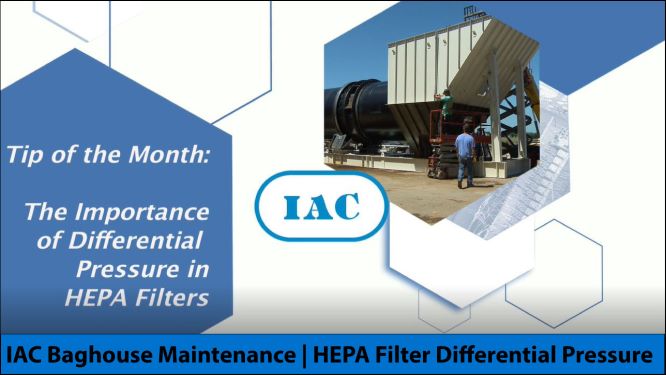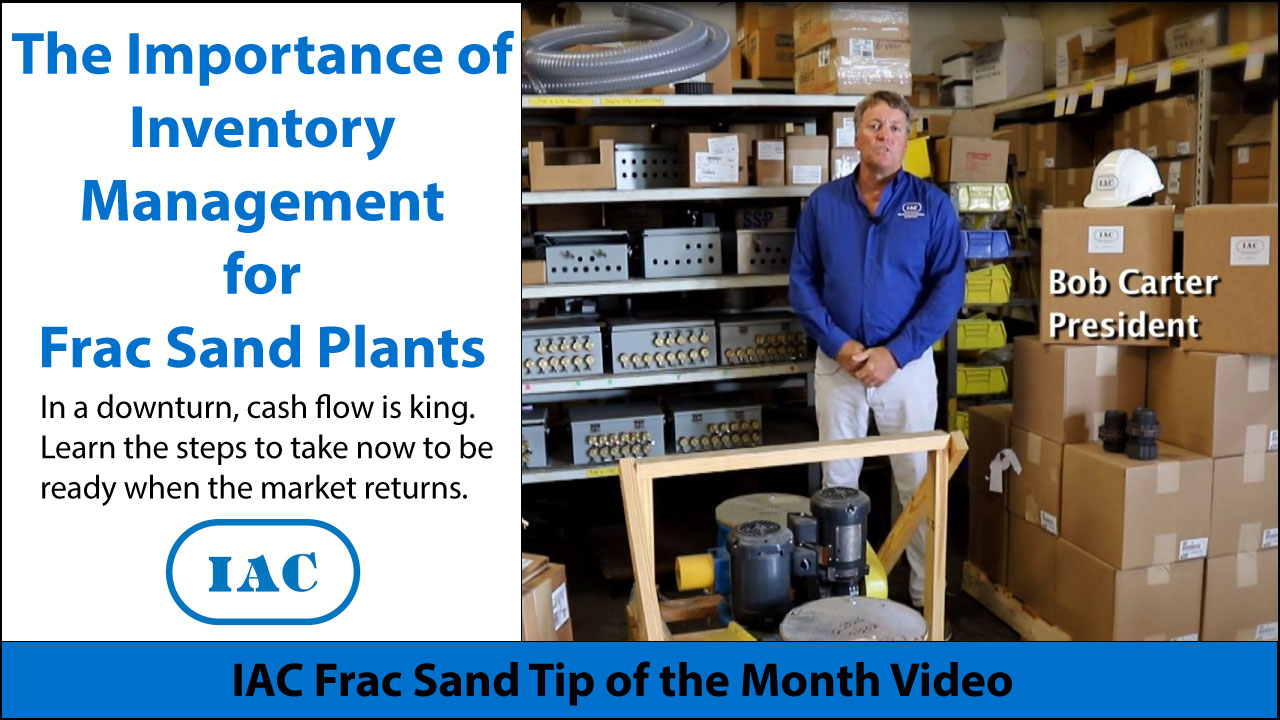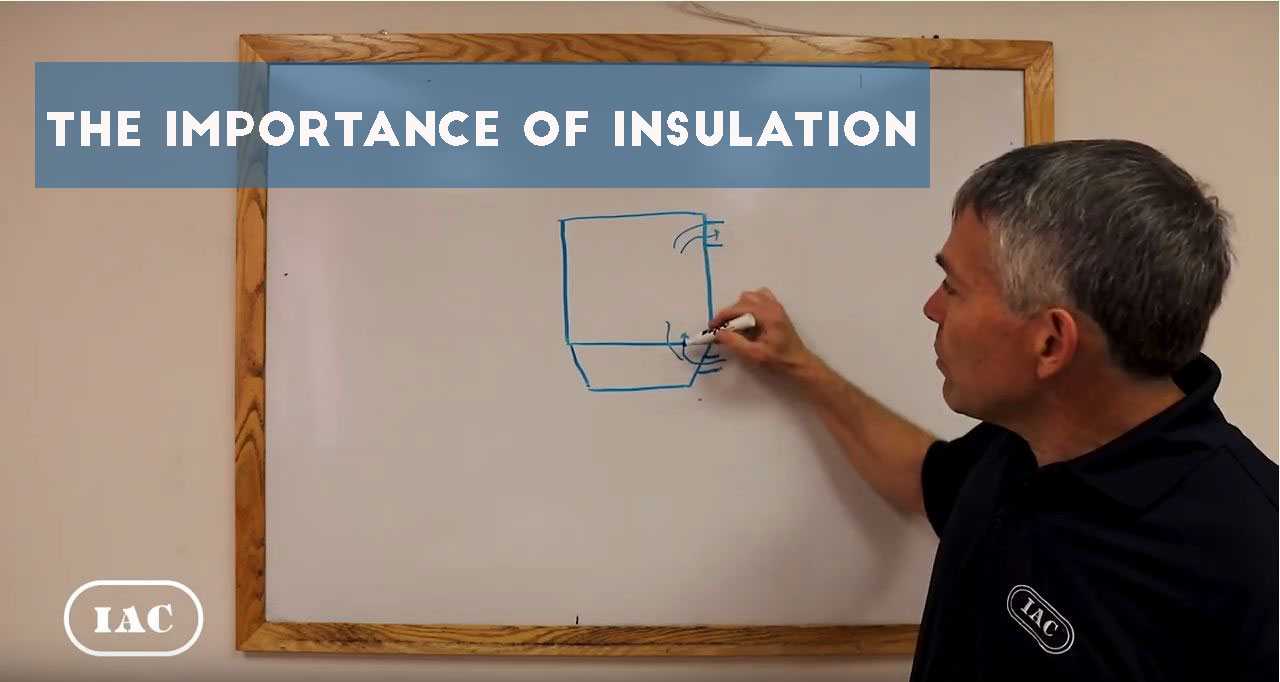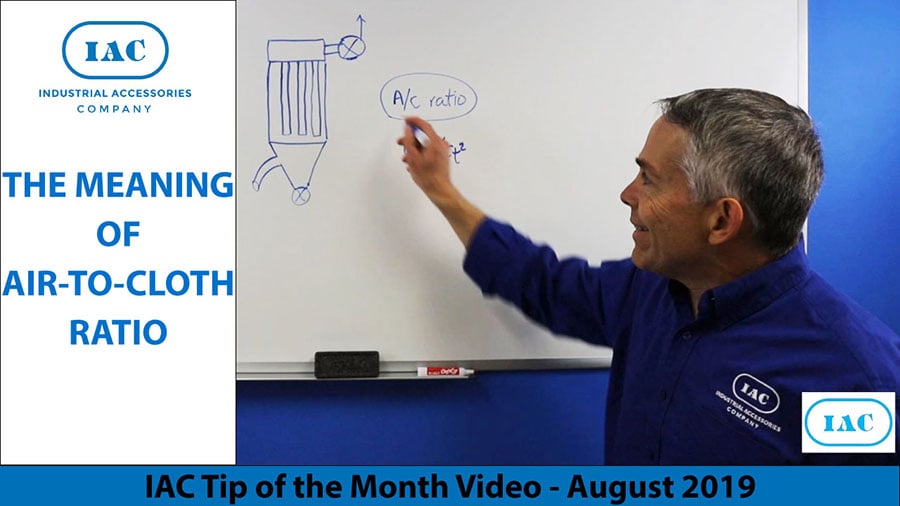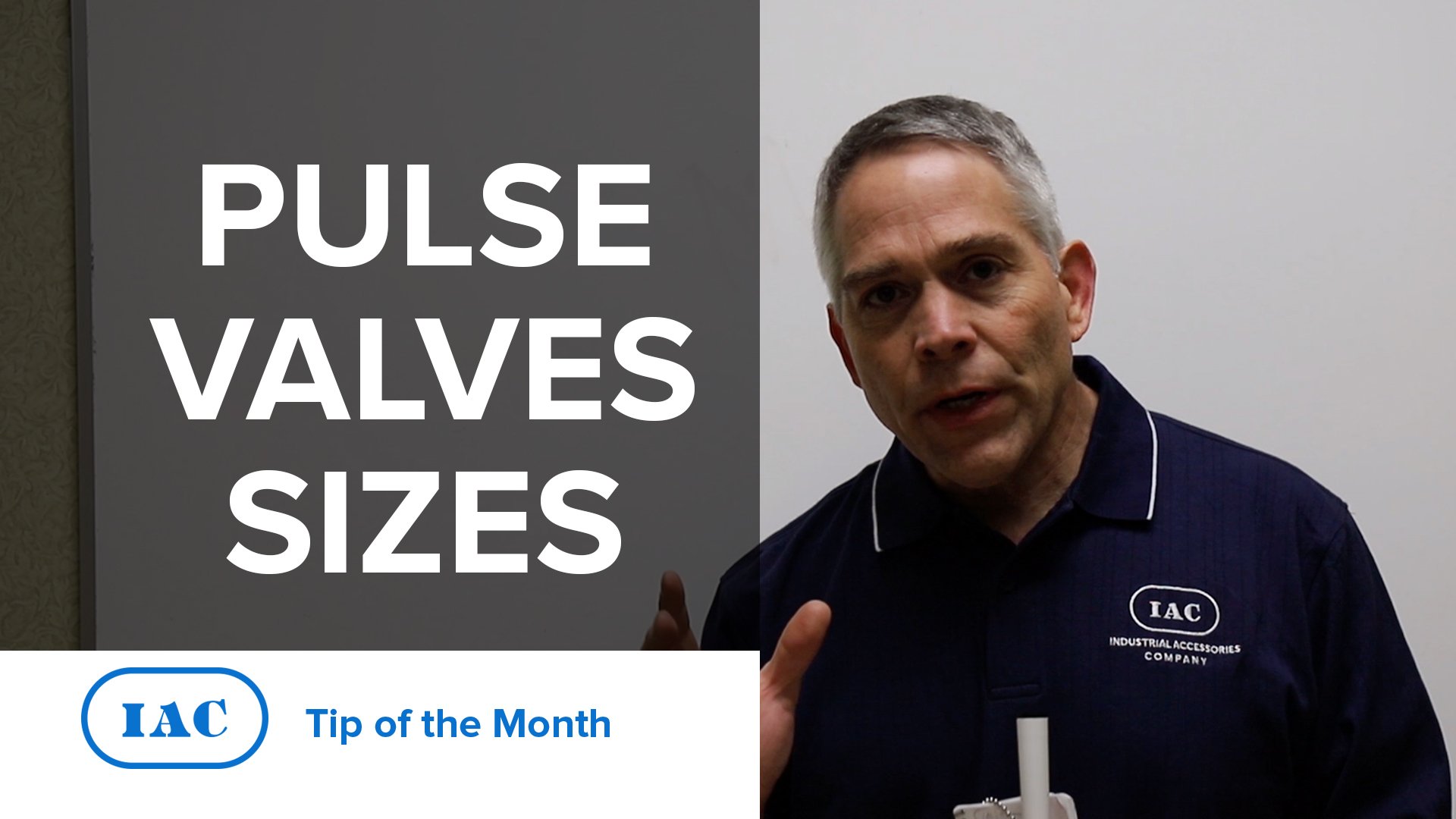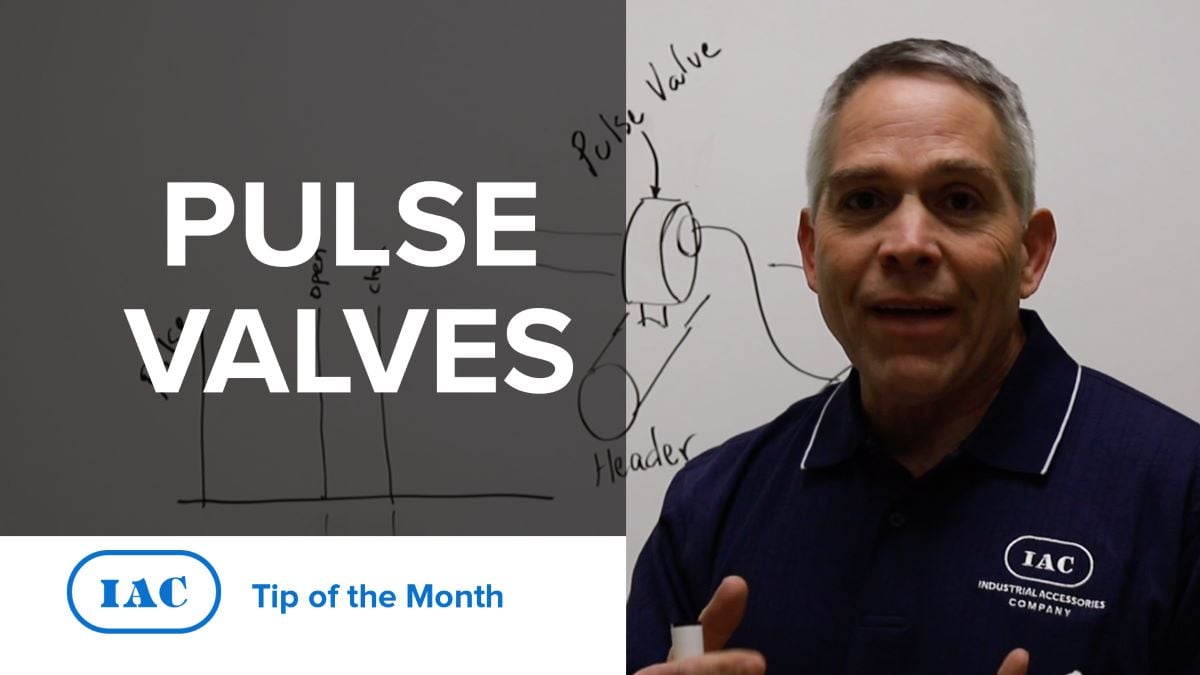Baghouse Maintenance Tip: Pulse Jet Conversion for Modernizing Old Baghouses
In this month’s IAC Tip of the Month Video, Process Engineer Luis Castano offers an elegant and simple solution of how to modernize older reverse air and shaker style baghouses within the housing, and convert them to more reliable and easier to service pulse jet systems. Conversion can be done at a lower cost than replacing the baghouse, and will achieve required capacity, making the investment an excellent option for many operations.


